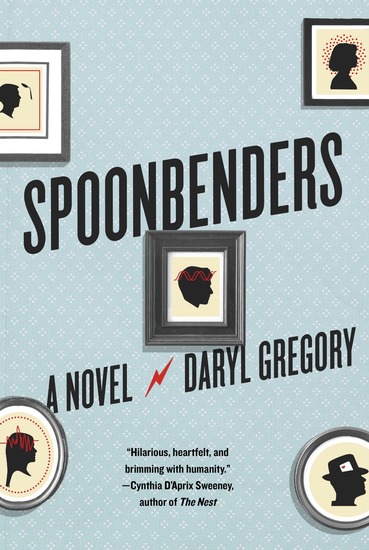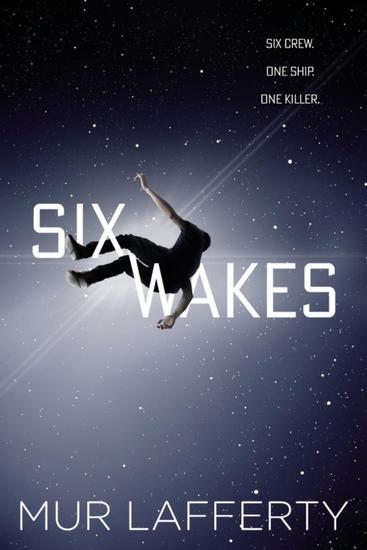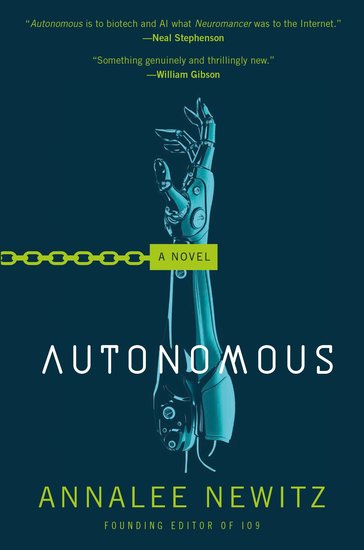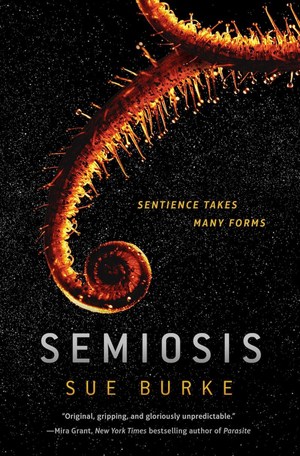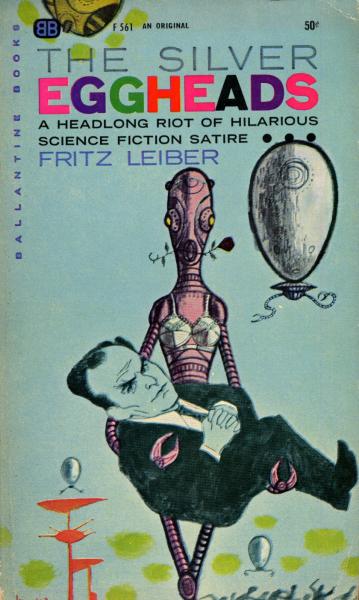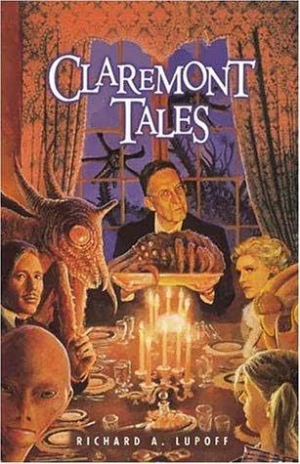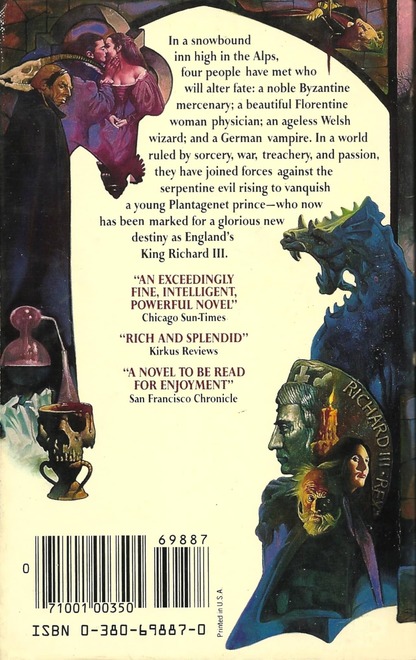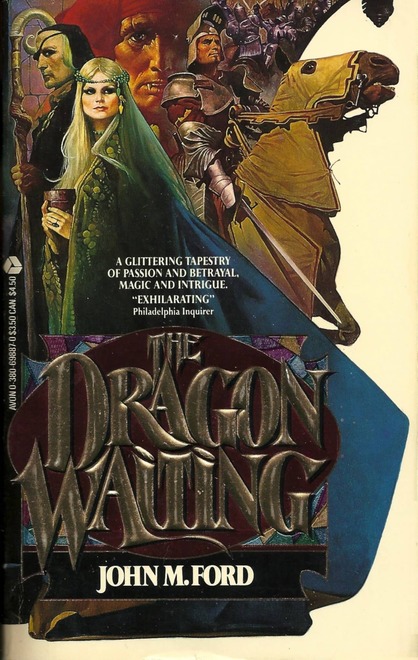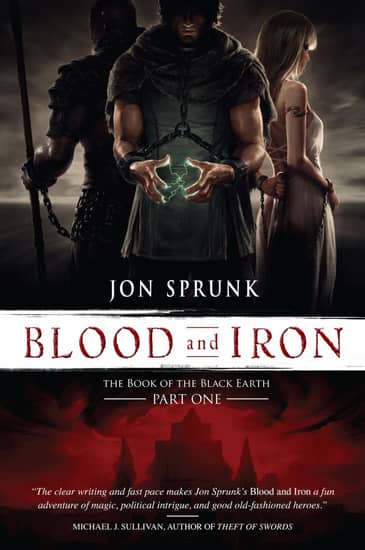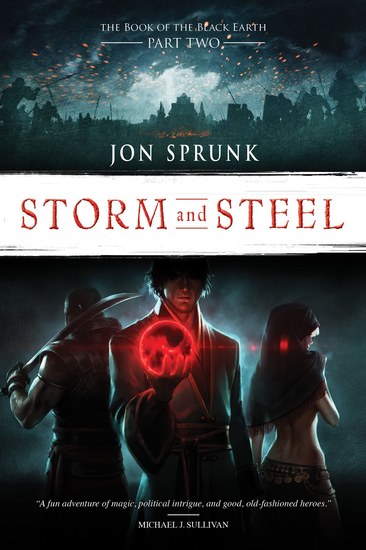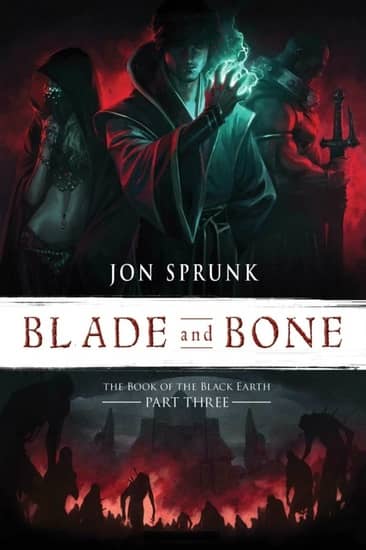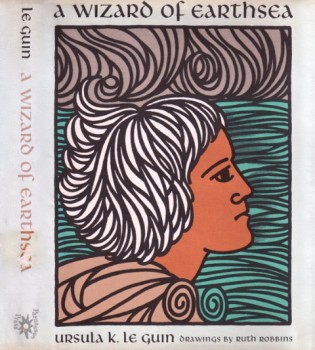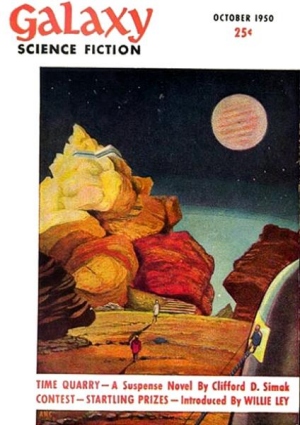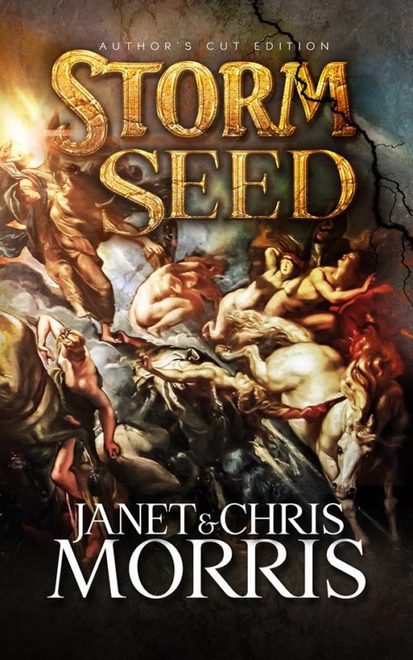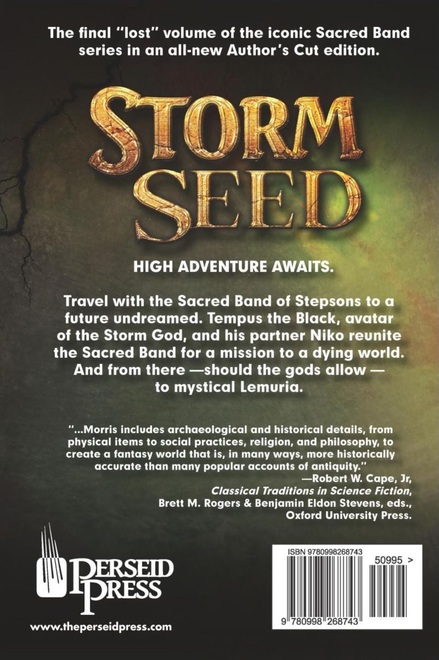While Storm Seed is the final volume in the iconic Sacred Band series to appear in a brand-new, Author’s Cut edition, it isn’t the last book in the series. The story takes place after the Sacred Band has been disbanded, after the events in Beyond Wizardwall and The City at the Edge of Time. Storm Seed follows on the heels of Tempus Unbound, and precedes the epic story of The Sacred Band.
Once again Team Morris delivers another outstanding novel in their classic “Chronicles of the Sacred Band,” as I always refer to them. Crisp prose, engaging characters, and a well-crafted plot carry this one right to the very end. This is Heroic Fantasy on a grand and epic scale, inspired by ancient mythology merged with a “lost” history of the world. All the tropes of the genre are here: wizards, witches, magic, ghosts, gods, dragons, and so much more. But these ingredients are used with a weight of reality to them, and in a manner I can only describe as “uniquely Morris.” Storm Seed is a story about love and loyalty, family and comradeship. And for all the elements of the fantastic, this novel is grounded in the veracity of its characters, and in the human drama and dynamics of their relationships. Almost everyone has a quest of their own to undertake, and the story unfolds at a brisk pace as the various events take one twist and turn after another until all the characters and plot-lines come together.
It seems like a reunion as so many characters from previous novels return to share the stage. Team Morris does a splendid job of giving the members of their cast equal time; almost everyone has a storyline of their own. Tempus the Black and Niko, his right-side companion, are here. Also present and accounted for: the goddess Jihan, the powerful Froth Daughter; Randal the allergy-prone wizard; Roxane the witch you really don’t want to get involved with; Cime the wizard slayer who is a real force to be reckoned with; Kama, Tempus’ daughter and warrior. The Sacred Banders Strat, Crit, and Gayle are also here, as well as Enlil the Storm God, Abarsis the Slaughter Priest, and even Strat’s Ghost Horse.
…
Read More Read More
